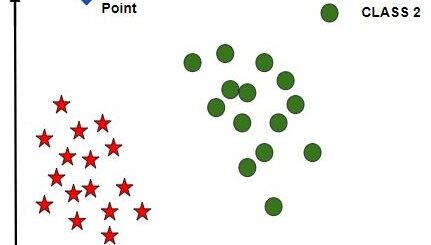ML for Predicting Employee Performance
ML for Predicting Employee Performance, In today’s dynamic business environment, accurately forecasting employee performance is crucial for optimizing resource utilization and fostering a highly productive workforce.
Traditional methods often fail to capture the complexity of factors influencing performance, but by leveraging data analytics and machine learning, organizations can uncover valuable insights into employee potential.
In this article, we will explore the comprehensive framework that combines business analytics and machine learning to predict staff performance.
Understanding the Challenge
Predicting staff performance is a complex problem influenced by various factors such as individual characteristics, corporate culture, and external forces.
To address this challenge, businesses can turn to data analytics and machine learning, which allow them to make more informed decisions based on vital insights.
The Holistic Approach to Performance Evaluation
A comprehensive performance evaluation includes several components:
Performance Evaluations: Analyzing past performance assessments helps identify patterns and trends, enabling more accurate predictions of future outcomes and tailored development plans for individual employees.
Demographic Information: Factors like age, gender, education, and tenure play a significant role in performance.
Incorporating demographic data helps organizations understand individual contexts and provide targeted support where needed.
Organizational Culture: Elements such as company values, leadership styles, and team dynamics impact employee effectiveness.
Considering these cultural aspects ensures that evaluations are not solely based on individual performance but also on how well an employee fits into the broader organizational culture.
External Factors: Economic conditions, industry trends, and market volatility affect productivity.
Accounting for these external variables allows businesses to adjust their strategies and resources accordingly, preparing for challenges in the ever-changing business landscape.
How to make a rounded corner bar plot in R? » Data Science Tutorials
The Multi-Faceted Model: Enhancing Predictive Analytics
To create an accurate and efficient prediction model, our approach involves:
Feature Engineering: Deriving relevant features from raw data, such as performance metrics, employee tenure, and team interactions, provides a comprehensive view of organizational dynamics.
Algorithm Selection: Evaluating various algorithms like support vector machines, random forests, and naive Bayes ensures the selection of the best technique for the given dataset.
Model Training: Training the model using historical data, augmented by cross-validation, improves its ability to identify patterns and correlations.
Predictive Insights: The trained algorithm can forecast future performance patterns, enabling organizations to make educated decisions about talent management and resource allocation.
Real-World Impact
Adopting this data-driven approach offers several benefits:
Talent Retention: Identifying high-potential individuals allows companies to design development programs, promoting talent retention.
Customized initiatives not only improve the individual but also increase their commitment to the organization.
Risk Mitigation: Early detection of performance concerns enables proactive measures.
By evaluating various data sources, organizations can uncover patterns signaling possible performance issues, allowing managers to address them before they worsen, reducing the likelihood of underperformance or staff attrition.
Culture of Improvement: Using data to make decisions fosters a culture of continuous improvement, empowering and motivating employees.
When workers realize their performance is being monitored and analyzed objectively, they are more driven to strive for excellence.
This data-driven strategy also enables organizations to deliver personalized feedback and assistance, increasing employee motivation and engagement.
Conclusion
Predicting employee performance no longer has to be a guessing game. By embracing business analytics and machine learning, organizations can maximize their workforce’s potential.
As businesses continue to evolve, it is essential to refine models, adapt to changing dynamics, and drive long-term development.
With the right strategy, data-driven approaches can transform how companies manage their workforces, leading to increased talent retention, risk reduction, and a culture of continuous development.
Creating Relative Frequency in R » finnstats





